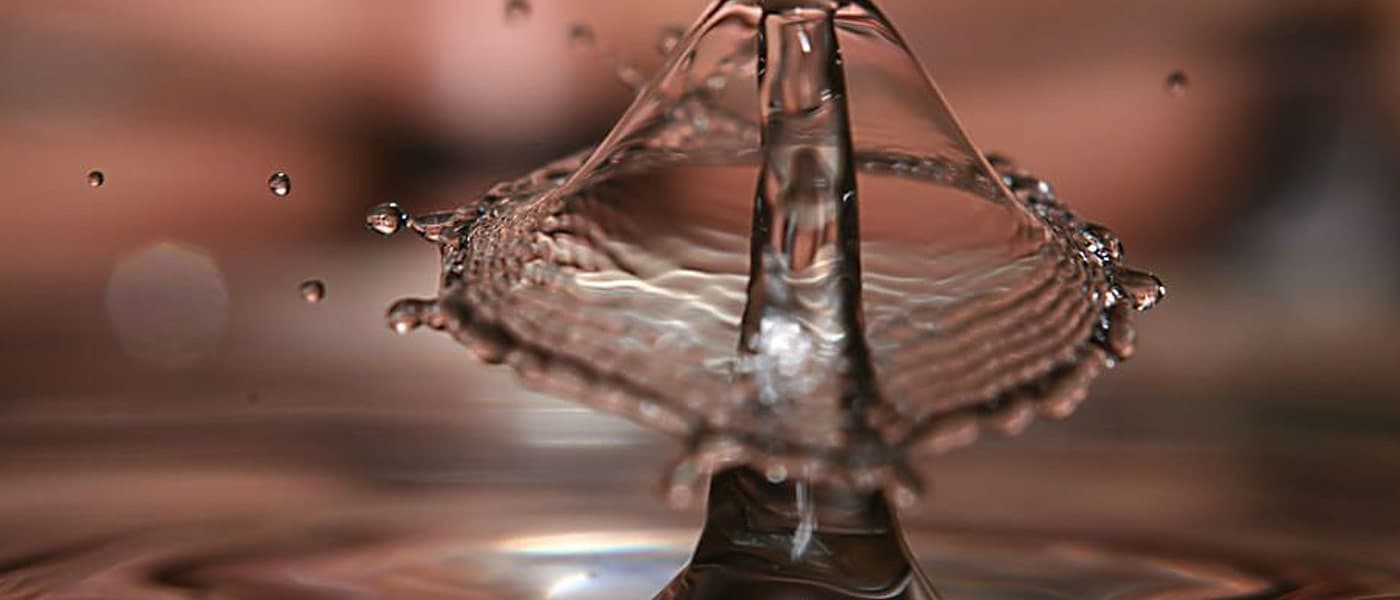The Big Squeeze
For the most part, water on Earth comes in three varieties—solid ice, gaseous vapor, and (everybody's favorite) liquid form. We've all known this since basically forever.
But now physicists, who love throwing monkey-wrenches into things and mucking with our cherished notions of everyday existence, have come up with another doozy—a brand new state of water.
It involves aspects of physics that work at the quantum level, and by now, just about everyone realizes what it means to go to the quantum level: Things get really weird. It means that whatever you knew, whatever you thought you knew, and whatever you think you thought you knew…well, just forget it.
No dice.
The irreverent and paradigm-redefining physicists involved come from Oak Ridge National Laboratory, where they managed to force individual water molecules through channels in the mineral beryl that measure only 5 angstroms across—that's about about one ten-billionth the size of a meter. For comparison, atoms are typically about 1 angstrom across.
Quantum Weirdness
That's when things got a little strange. As the water molecules burrowed through the hexagonal-shaped beryl channels, they took on an unusual organization. In contrast to the typical asymmetrical arrangement, the oxygen atom shifted to the center of mass—something usually centered on the hydrogen atoms.
The hydrogen atoms, in a bit of counterintuitive quantum jugglery, assume six different symmetrical configurations at the same time—conforming to the hexagonal shape of the channel walls. As they simultaneously cycle through these configurations, the temperature of the molecule increases. Furthermore, the new symmetrical arrangement causes the molecule to lose something called its "electric dipole moment"—in other words, the molecule essentially becomes electrically neutral and loses its impetus to bond with other atoms and molecules.
It's weird and spooky and not at all likely to be understood anytime soon. In fact, no one really knows what to do with the discovery.
"It's one of those phenomena that only occur in quantum mechanics and has no parallel in our everyday experience," says lead researcher Alexander Kolesnikov, in the intellectual equivalent of a bewildered shrug.
There may be some practical implications to the research, however. The peculiar configuration is expected to appear in the natural world under certain circumstances—including in the cell walls of living things.
Share This Article
